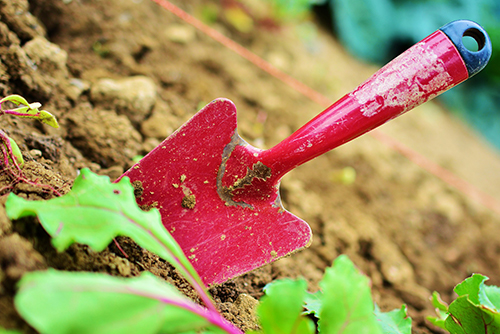
How To Start a Home Garden
Avoid leaving your landscape or yard barren and unproductive. Knowing how to get a garden going will help you maximize the use of your property and potentially put food on your table.
nannenarboretum.org gathered the following information and tips to help you start your home garden and configure it however you like
How To Start a Garden
Starting a home garden seems simple enough, and it truly is. Consider the following when starting your home garden:
Why do You Want a Home Garden? – A home garden can serve many purposes, which include:
- Increase your home’s curb appeal
- Grow flowering plants
- Provide home-grown food for you and your family
- Increased physical activity
- Gardens are great conversation starters
- Gardens attract and support wildlife
Note: Installing a water feature in your garden provides a “rehydration destination” for bees, butterflies, and other beneficial insects and small animals.
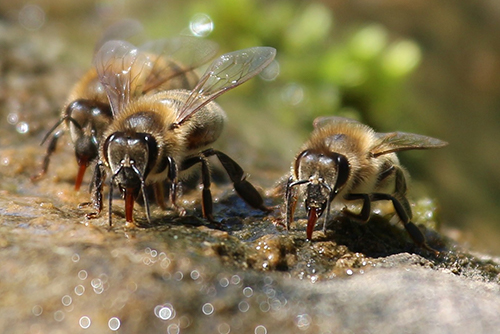
Bees drinking at a garden water fountain
What is Your USDA Hardiness Zone – Plants, shrubs, and trees grow best where they can tolerate the climate. The USDA Plant Hardiness Zone Map is the standard that gardeners and growers use to determine which plants are most likely to thrive at their location. The map is based on the average annual minimum winter temperature and is divided into 10-degree F hardiness zones. This determination is vital to make when planting a garden to ensure that you are planting the right species in the right place and that your plants survive the winter season.
You can quickly determine your hardiness zone by using the USDA Plant Hardiness Zone Map found at planthardiness.ars.usda.gov/
What do you Want to Grow – Depending on the purpose of your home garden and your hardiness zone, you may want to grow the following fruits, vegetables, flowering plants, flowering shrubs, or flowering trees:
Fruit to consider for your home garden:
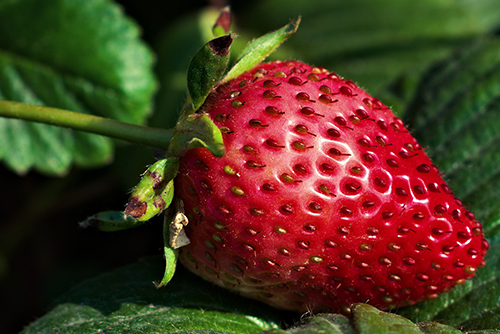
Strawberry growing in a fruit garden
- Strawberries (zones 8 through 9)
- Blackberries (zones 8 through 9)
- Raspberries (zones 3 through 9)
- Cherries (zones 5 through 7)
- Apples (zones 3 through 8)
- Peaches (zones 4 through 9)
- Apricots (zones 5 through 9)
- Pears (zones 3 through 10)
- Plums (zones 4 through 9)
Vegetables to consider for your home garden:
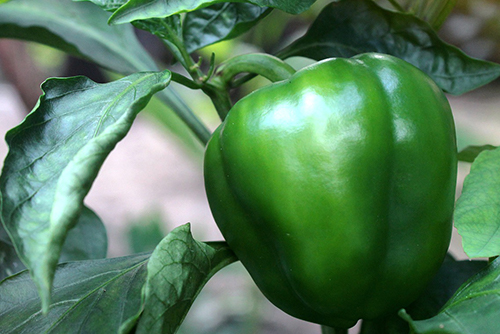
Bell Pepper in a vegetable garden
- Bell Peppers (zones 8 through 11)
- Cabbage (zones 1 through 10)
- Cucumbers (zones 4 through 12)
- Tomatoes (zones 5 through 8)
- Zucchini (zones 3 through 9)
- Squash (zones 3 through 10)
- Pumpkin (zones 3 through 7)
- Garlic (zones 1 through 5)
- Onions (zones 5 through 10)
Flowering plants to consider for your home garden:
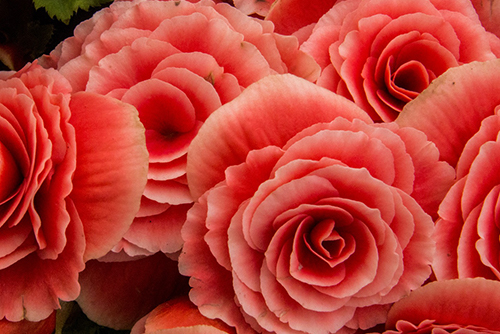
Begonia blooms
- Daffodils (zones 3 through 8)
- Marigolds (zones 2 through 11)
- Pansies (zones 7 through 10)
- Dianthus (zones 3 through 9)
- Dahlias (zones 8 through 11)
- Lavender (zones 5 through 9)
- Begonias (zones 8 through 11)
- Calendula (zones 9 through 11)
- Azaleas (zones 5 through 9)
Flowering shrubs to consider for your home garden:
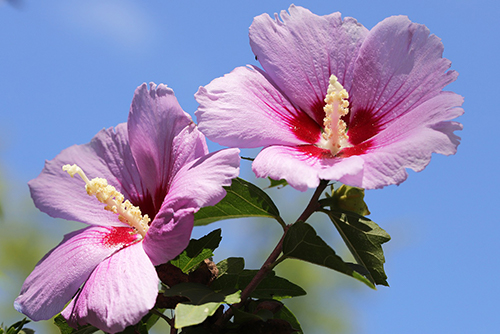
Rose of sharon species
- Rhododendron (zones 4 through 9)
- Lilac (zones 3 through 7)
- Forsythia (zones 5 through 8)
- Buttonbush (zones 5 through 11)
- Quince (zones 4 through 10)
- Rose of Sharon (zones 5 through 9)
- Hydrangea (zones 3 through 8)
- Roses (zones 3 through 10)
- Potentilla (zones 2 through 7)
Flowering trees to consider for your home garden:
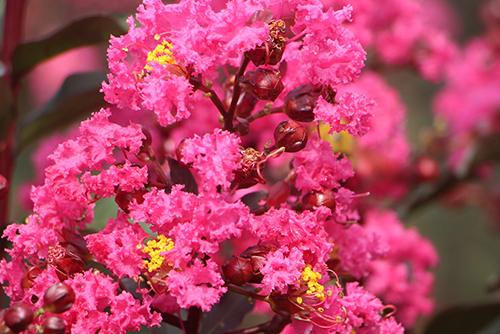
Crape myrtle blooming tree species
- Crape Myrtle (zones 6 through 10)
- Dogwood (zones 5 through 9)
- Magnolia (zones 7 through 10)
- Mimosa (zones 6 through 9)
- Jacaranda (zones 10 through 11)
- Wisteria (zones 5 through 9)
- Cherry (zones 5 through 7)
- Crabapple (zones 3 through 8)
- Redbud (zones 4 through 9)
Tip: If you choose to plant a species outside of its hardiness zone, be prepared to shelter the plant in the winter months. Periods of extreme cold or extreme heat may cause your plants to perish.
Choose Your Garden Location – The ideal garden location may vary but is typically on level ground or a gentle slope. When choosing a location, you’ll want to avoid any low spots that stay wet or flooded. Also, avoid the bottom of a slope, in colder months, air can form a frost pocket.
Prepare Soil for Your Garden – Loamy soil is ideal for most plants. This soil contains a balance of all three mineral particles (clay, sand, and silt) and is rich in humus (what’s left behind when organic material decomposes).
Tip: Adjust your soil’s pH (lime will increase it, and elemental sulfur will lower it) to provide the most ideal growing conditions for the plant species you select.
Starting a Garden
In this article, you discovered information and tips to help your home garden get off to an amazing and healthy beginning.
Knowing what you are planting and why you are planting it gives your home garden purpose and stokes a sense of pride as your plants thrive, bloom, and provide you with a harvestable bounty.
Haphazardly planting things might get you started with a plant or two but will likely result in a disease-ridden, bug-infested garden unable to produce anything beautiful or delicious.
Sources:
extension.uga.edu/publications/detail.html?number=B577&title=Home%20Gardening
extension.missouri.edu/publications/mg5
ucanr.edu/blogs/blogcore/postdetail.cfm?postnum=20077